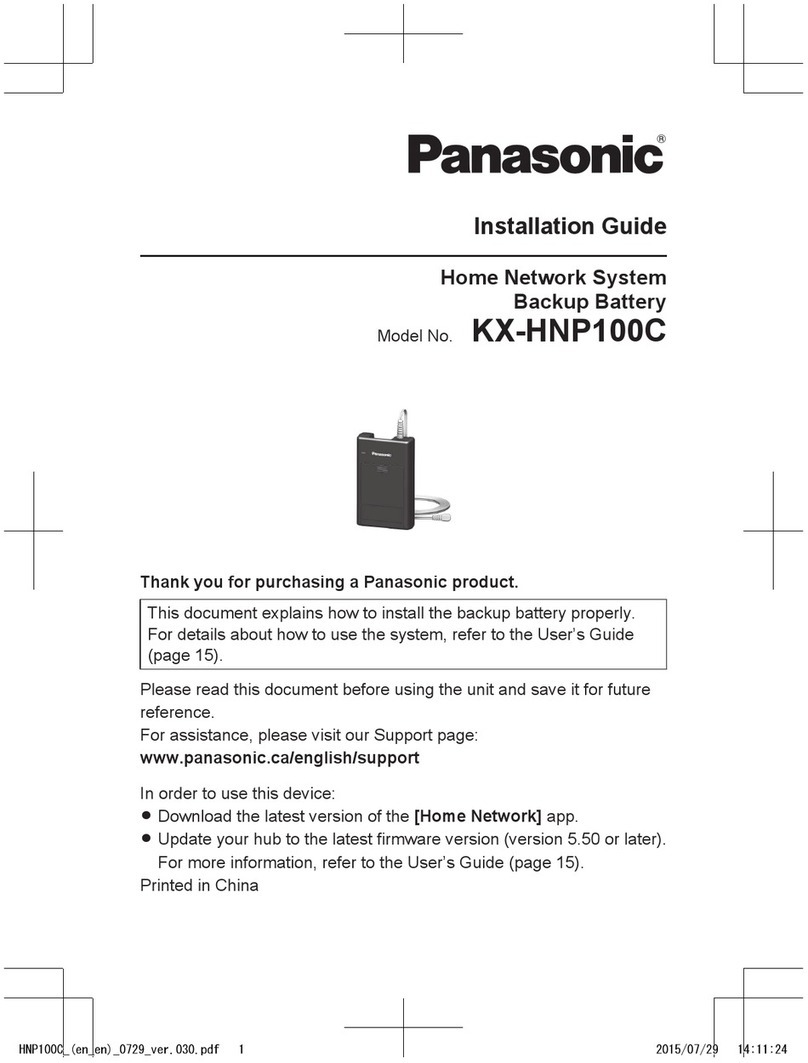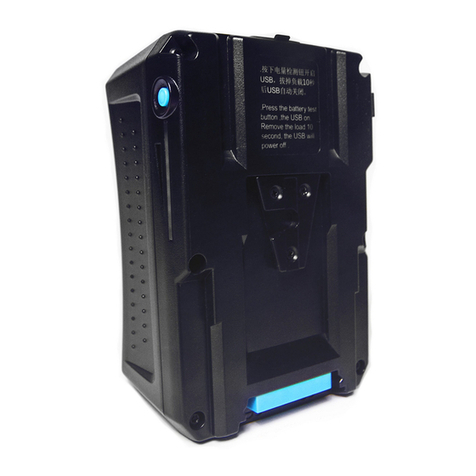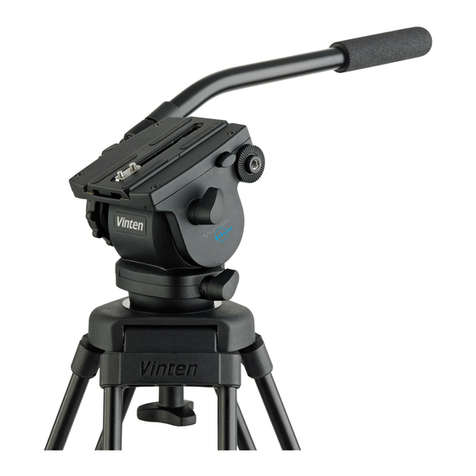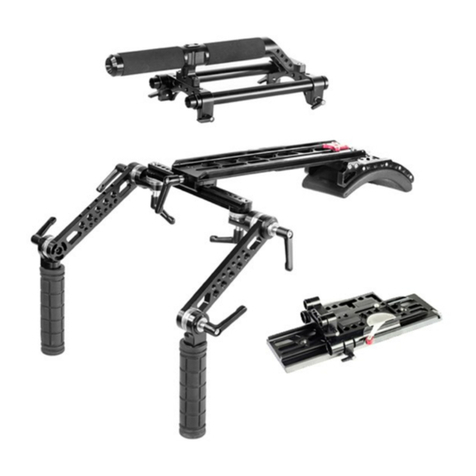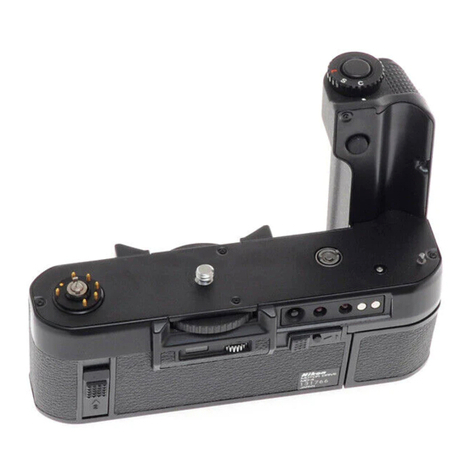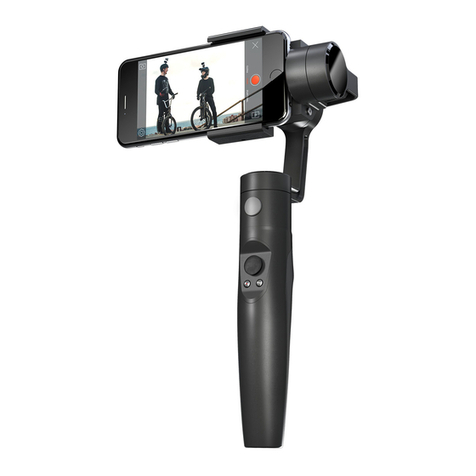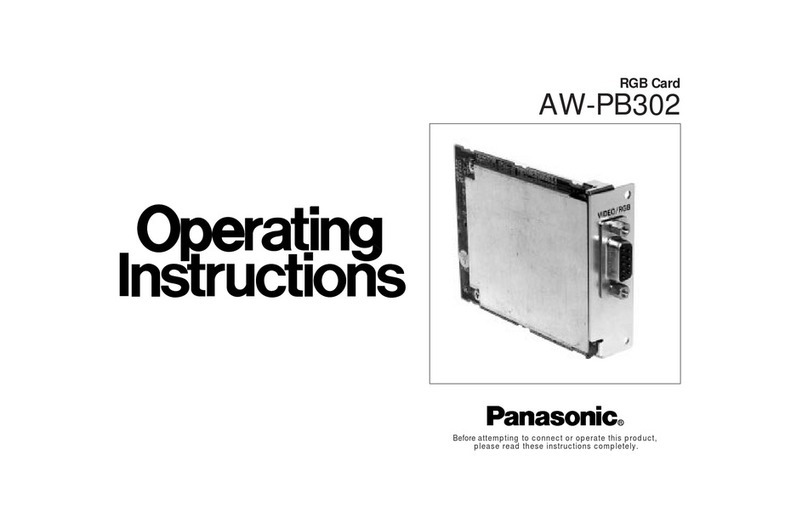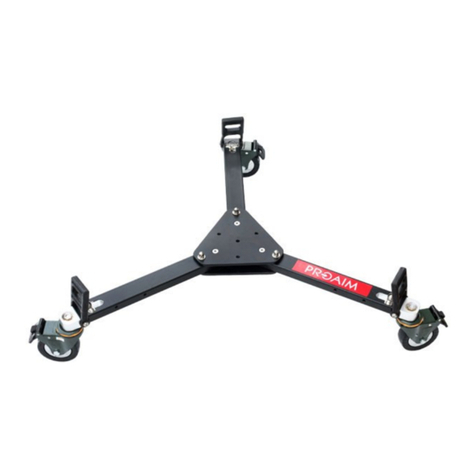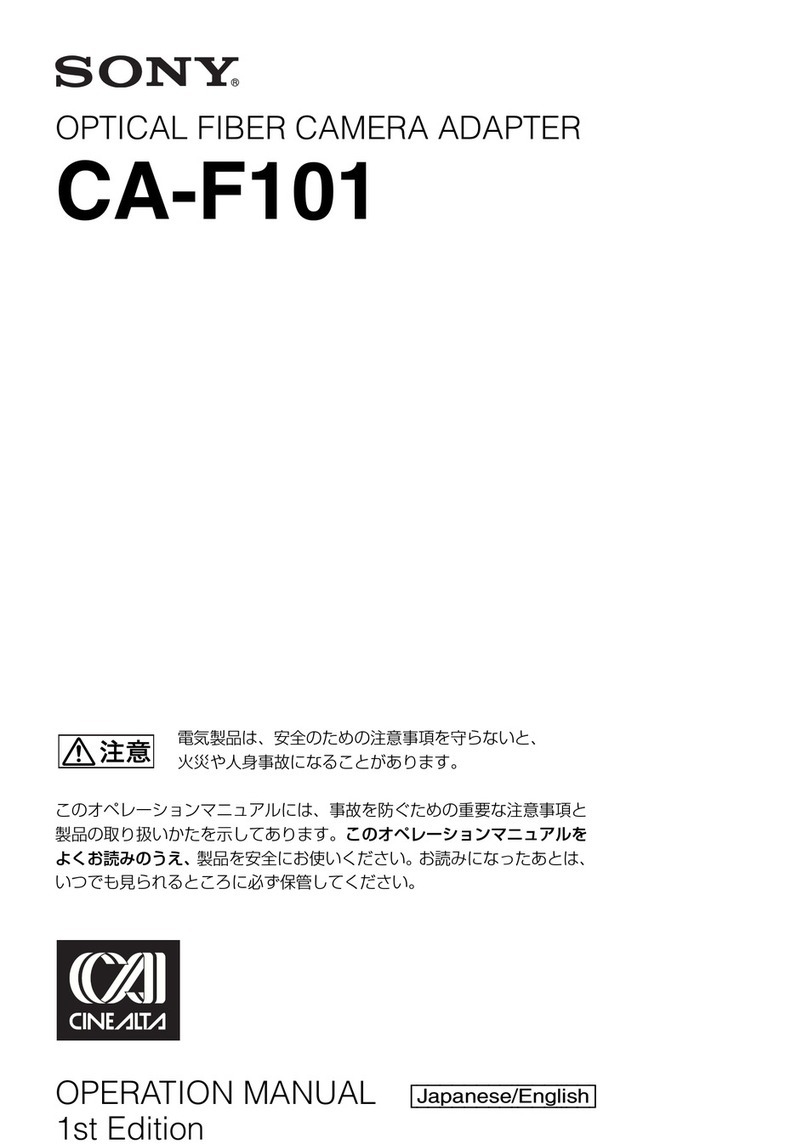Mecer M3000 ESS User manual

M3000 ESS
Unit
User Manual

M3000 ESS Unit User Manual
I
Content
Statement of Law...................................................................................................................................... 1
Safety Precautions .................................................................................................................................... 2
Preface ...................................................................................................................................................... 3
1 Introduction .......................................................................................................................................... 4
1.1 Brief Introduction.......................................................................................................................... 4
1.2 Product Properties ........................................................................................................................ 4
1.3 Product identity definition ............................................................................................................ 4
2 Product Specification ............................................................................................................................ 6
2.1 Size and Weight............................................................................................................................. 6
2.2 Performance Parameter................................................................................................................ 6
2.3 Interface Definition ....................................................................................................................... 6
2.3.1 DIP switch definition and description .................................................................................... 7
2.4Battery Management System(BMS)............................................................................................ 10
2.4.1 Voltage Protection............................................................................................................... 10
2.4.2 Current Protection............................................................................................................... 10
2.4.3 Temperature Protection...................................................................................................... 10
2.4.4 Other Protection.................................................................................................................. 11
3 Installation and Configuration ............................................................................................................ 12
3.1 Ready for installation .................................................................................................................. 12
3.1.1 Environmental requirements .............................................................................................. 12
3.1.2 Tools and data ..................................................................................................................... 12
3.1.3 Technical preparation.......................................................................................................... 13
3.1.4 Unpacking inspection .......................................................................................................... 13
3.1.5 Engineering coordination .................................................................................................... 14
3.2 Equipment installation ................................................................................................................ 14
3.2.1 Installation preparation........................................................................................................ 15
3.2.2 Mechanical installation ........................................................................................................ 15
3.2.3 Electrical installation ........................................................................................................... 16
4 Use, maintenance and troubleshooting ............................................................................................. 18
4.1 Battery system usage and operation instructions ...................................................................... 18
4.2Alarm description and processing............................................................................................... 19
4.3Analysis and treatment of common faults.................................................................................. 19

M3000 ESS Unit User Manual
1
Statement of Law
Copyright of this document belongs to JiangsuMustek Limited.
No part of this documentation maybe excerpted, reproduced, translated,
annotated or duplicated in any form or by any means without the prior
written permission of JiangsuMustek Limited. All Rights Reserved.
This product complies with the design requirements of environmental protection and personal
safety. The storage, use and disposal of the products shall be carried out in accordance with the
product manual, relevant contract or relevant laws and regulations.
Customer can check the related information on the website of JiangsuMustek Limited when the
product or technology is updated. Web URL:www.mustek.co.za
Please note that the product can be modified without prior notice.
Revision History
Revision NO.
Revision Date
Revision Reason
1.0
2019.04.24
First Published
1.1
2019.06.24
1. System adds DIP switch
1.2
2019.07.29
Update the cable specification
修订历史产品版本

M3000 ESS Unit User Manual
2
Safety Precautions
Warning
⚫Please do not put the battery into water or fire, in case of explosion or any other situation
that might endanger your life.
⚫Please connect wires properly while installation, do not reverse connect.
To avoid short circuit, please do not connect positive and negative poles with conductor
(Wires for instance).
⚫Please do not stab, hit, trample or strike the battery in any other way.
⚫Please shut off the power completely when removing the device or reconnecting wires during
the daily use or it could cause the danger of electric shock.
⚫Please use dry powder extinguisher to put out the flame when encountering a fire hazard,
liquid extinguisher could result in the risk of secondary disaster.
⚫For your safety, please do not arbitrarily dismantle any component in any circumstances
unless a specialist or an authorized one from our company, device breakdown due to
improper operation will not be covered under warranty.
Caution
⚫We have strict inspection to ensure the quality when products are shipped out, however,
please contact us if case bulging or another abnormal phenomenon.
⚫For your safety, device shall be ground connected properly before normal use.
⚫To assure the proper use please make sure parameters among the relevant device are
compatible.
⚫Please do not mixed-use batteries from different manufacturers, different types and models,
as well as old and new together.
⚫Ambient and storage method could impact the life span and product reliability, please
consider the operation environment abundantly to make sure device works in proper
condition.
⚫For long-term storage, the battery should be recharged once every 6 months, and the amount
of electric charge shall exceed 80% of the rated capacity.
⚫Please charge the battery in 18 hours after it discharges fully and starts over-discharging
protection.
Formula of theoretical standby time: T=C/I (T is standby time, C is battery capacity, I is total
current of all loads).

M3000 ESS Unit User Manual
3
Preface
Manual declaration
The M3000 lithium iron phosphate battery energy storage system can provide energy storage
solutions for photovoltaic power generation users through parallel combination. During the day,
the excess power of photovoltaic power generation can be stored in the battery. At night or
when needed, the stored electrical energy can be used to supply power to the electrical
equipment, which can improve the efficiency of photovoltaic power generation, peak load
shifting, and emergency power backup.
This user manual details the basic structure, parameters, basic procedures and methods of
installation and operation and maintenance of the equipment.

M3000 ESS Unit User Manual
4

M3000 ESS Unit User Manual
4
1 Introduction
1.1 Brief Introduction
M3000 lithium iron phosphate battery system is a standard battery system unit, customers
can choose a certain number of M3000 according to their needs, by connecting parallel to
form a larger capacity battery pack, to meet the user's long-term power supply needs. The
product is especially suitable for applications with high operating temperatures, limited
installation space, long power backup time and long service life.
1.2 Product Properties
M3000 energy storage product’s anode materials are lithium iron phosphate, battery cells
are managed effectively by BMS with better performance, the system’s features as below:
⚫Comply with European ROHS, Certified SGS, employ non-toxic, non-pollution
environment-friendly battery.
⚫Anode materials are lithium iron phosphate (LiFePO4), safer with longer life span.
⚫Carries battery management system with better performance, possesses protection
function like over-discharge, over-charge, over-current, abnormal temperature.
⚫Self-management on charging and discharging, Single core balancing function.
⚫Intelligent design configures integrated inspection module, with 3 remote functions
(remote-measuring, remote-communicating and remote-controlling).
⚫Flexible configurations allow parallel of multi battery for longer standby time.
⚫Self-ventilation with lower system noise.
⚫Less battery self-discharge, then recharging period can be up to 10 months during the
storage.
⚫No memory effect so that battery can be charged and discharged shallowly.
⚫With wide range of temperature for working environment, -20oC ~ +55 oC, circulation
span and discharging performance are well under high temperature.
⚫Less volume, lighter weight.
1.3 Product identity definition
Figure1-1 Battery Energy Storage System nameplate

M3000 ESS Unit User Manual
5
Battery voltage is higher than safe voltage, direct contact
with electric shock hazard.
Be careful with your actions and be aware of the dangers.
Read the user manual before using.
The scrapped battery cannot be put into the garbage can
and must be professionally recycled.
After the battery life is terminated, the battery can
continue to be used after it recycled by the professional
recycling organization and do not discard it at will.
Dangerous goods warning label on the top of the battery
module

M3000 ESS Unit User Manual
6
2 Product Specification
2.1 Size and Weight
Table 2-1 M3000 Device size
Product
Nominal
Voltage
Nominal
Capacity
Dimension
Weight
M3000
DC48V
75Ah
480×380×130mm
≈31kg
2.2 Performance Parameter
Table 2-2 M3000 performance parameter
Item
M3000 Parameter
value
Nominal Voltage(V)
48
Work Voltage
Range(V)
42~54
Nominal Capacity(Ah)
75
Nominal Energy(kWh)
3.6
Nominal Power(kW)
1.08
Max Power(kW)
2.4
3S Peak Power(kW)
2.64
3S Peak Current(A)
55
Charging Current(A)
37.5
Discharge Current(A)
37.5
2.3 Interface Definition
This section elaborates on interface functions of the front interface of the device.
Figure2-1 The sketch of interface.
1
4
3
2
5
6
7
8
10
9
11

M3000 ESS Unit User Manual
7
Table 2-3 Interface Definition
Item
Name
Definition
1
Power switch
OFF/ON,
must be in the "ON" state when in use
2
Ground
connection point
Shell ground connection
3
Positive socket
Battery output positive or parallel positive line
4
Negative socket
Battery output negative or parallel negative line
5
SW (battery
wake/sleep
switch)
When the "OFF/ON" switch button is in the ON state, press
and hold this button for 3 seconds to put the battery into the
power-on or sleep state.
6
SOC
The number of green lights on shows the remaining battery
power. See Table 2-3 for details.
7
ALM
Red light flashing when an alarm occurs, red light always on
during protection status. After the condition of trigger
protection is relieved, it can be automatically closed.
8
RUN
Green light flashing during standby and charging mode.
Green light always on when discharging.
9
CAN/485
Communication cascade port, support CAN/ RS485
communication (factory default CAN communication)
10
DRY CONTACT
/
11
ADD
DIP switch
2.3.1 DIP switch definition and description
Table 2-4 Interface Definition
DIP switch position (host communication protocol and baud rate selection)
#1
#2
#3
#4
Baud rate selection
ON
OFF
CAN: 250K,485: 115200
CAN: 500K,485: 9600
DIP switch description:
When the battery pack is connected in parallel, the host can communicate with the slave
through the CAN interface. The host summarizes the information of the entire battery system
and communicates with the inverter through CAN or 485. The connection mode is divided into
the following two cases:

M3000 ESS Unit User Manual
8
1. If the host is the latest M3000 battery with
DIP switch:
(1) The communication cable that communicates
with the inverter should use the correct one.
(2) After the battery module parallel cable,
cascading cable and communication cable with
GDW、Solis、LUX、Sofar、DEYE、VICTRON、
IMEON、
Infinisolar,Sungrow,SMA,RENAC,DELIOS、
SAJ(CAN Comm) inverters are connected, all
M3000 batteries should not be turned on first,
be sure to put the host DIP switch "# 3" to the
"ON" position (to the top), then turn on all the
M3000 batteries.
(3) If the battery module is in communication
with the inverters of Growatt hybrid(CAN
comm)、GMDE、Saj(485 comm)、
Axpret-king turn the host DIP switch "#2" to
"ON" position.
(4) If the battery module is in communication
with the GROWATT-SPF(off-grid) inverter by 485
communication, turn the host DIP switch "#2"
and "#3" to "ON".
(5) The DIP switch of the slave does not need to
be changed.
(6) If the energy storage system has only one
M3000, it is the host itself, and still follow the
above steps.
Note: For more information of matching inverter
brands, please subject to the latest document
<The list of compatibility between Mustek
Limited ESS and Inverters >.
2. If the host is a M3000 battery module
without the DIP switch:
(1) The communication cable that
communicates with the inverter should
use the correct one which is supplied by
MUSTEK LIMITED.
(2) After the battery module parallel cable,
cascade cable and the inverter
communication cable are connected, turn
on all M3000 batteries.
(3)Before connecting with inverter,please
ensure the no-dip battery firmware
vertion support yours inverter.
Figure 2-2 CAN/485 interface definition

M3000 ESS Unit User Manual
9
Table 2-4 Pin Definition
Foot position
Color
Definition
PIN1
Orange/white
485A
PIN2
Orange
XGND
PIN3
Green/white
485B
PIN4
Blue
CANH
PIN5
Blue/white
CANL
PIN6
Green
Reserve
PIN7
Brown/white
XIN
PIN8
Brown
Reserve
PIN9
Orange/white
Reserve
PIN10
Orange
XGND
PIN11
Green/white
Reserve
PIN12
Blue
CANH
PIN13
Blue/white
CANL
PIN14
Green
Reserve
PIN15
Brown/white
XOUT
PIN16
Brown
Reserve
Table 2-5 LED status indicators
Battery
Status
SOC
LED1
LED2
LED3
LED4
ALM
RUN
Shutdown
/
off
off
off
off
off
off
Standby
75%≤SOC≤100%
●
●
●
●
off
Blinking
50%≤SOC<75%
●
●
●
off
off
Blinking
25%≤SOC<50%
●
●
off
off
off
Blinking
5%<SOC<25%
●
off
off
off
off
Blinking
0%<SOC≤5%
●
off
off
off
Blinking
Blinking
SOC=0
off
off
off
off
Blinking
/●
Blinking
Charging
SOC=100%
●
●
●
●
off
Blinking
75%≤SOC<100%
●
●
●
Blinking
off
Blinking
50%≤SOC<75%
●
●
Blinking
off
off
Blinking
25%≤SOC<50%
●
Blinking
off
off
off
Blinking
Front
Plug
Socket of communication port
CAN/485

M3000 ESS Unit User Manual
10
Battery
Status
SOC
LED1
LED2
LED3
LED4
ALM
RUN
0%<SOC<25%
Blinking
off
off
off
off
Blinking
Discharging
75%≤SOC≤100%
●
●
●
●
off
●
50%≤SOC<75%
●
●
●
off
off
●
25%≤SOC<50%
●
●
off
off
off
●
5%<SOC<25%
●
off
off
off
off
●
0%<SOC≤5%
●
off
off
off
Blinking
●
SOC=0
off
off
off
off
Blinking
/●
Blinking
●means green light always on ●means red light always on
Blinking: means green light flashing Blinking: means red light flashing
2.4Battery Management System(BMS)
2.4.1 Voltage Protection
Discharging Low Voltage Protection:
When any battery cell voltage is lower than the protection value during discharging, the over-
discharging protection starts, and the battery buzzer makes an alarm sound. Then battery system
stops supplying power to the outside. When the voltage of each cell recovers to rated return range,
the protection is over.
Charging Over Voltage Protection:
When total voltage or any battery cell voltage reaches the protection value during charging,
battery stops charging. When total voltage or a cell recover to rated return range, the protection
is over.
2.4.2 Current Protection
Over Current Protection in Charging:
When the charging current is greater than the protection value, the battery buzzer alarms and the
system stops charging. Protection is removed after rated time delaying.When the charging current
is at 45~55A,current limit board starts making the charge current become 5A.
Over Current Protection in Discharging:
When the discharge current is greater than the protection value, the battery buzzer alarms and
the system stops discharging. Protection is released after rated time delaying.
Note:
The buzzer sound alarm setting can be manually turned off on the background software, and the
factory default is on.
2.4.3 Temperature Protection
Less/Over temperature protection in charging:
When battery’s temperature is beyond range of 0 ℃~+55 ℃during charging, temperature
protection starts, device stops charging.
The protection is over when it recovers to rated return range.

M3000 ESS Unit User Manual
11
Less/Over temperature protection in discharging:
When battery’s temperature is beyond range of -20℃~+55℃during discharging, temperature
protection starts, device stops supplying power to the outside.
The protection is over when it recovers to rated return range.
2.4.4 Other Protection
Short Circuit Protection:
When the battery is activated from the shutdown state, if a short circuit occurs, the system starts
short-circuit protection for 30 seconds.
Self-Shutdown:
When device connects no external loads and power supply and no external communication for over
72 hours, device will dormant standby automatically.
Caution
Battery’s maximum discharging current should be more than load’s maximum working current.

M3000 ESS Unit User Manual
12
3 Installation and Configuration
3.1 Ready for installation
Safety Requirement
This system can only be installed by personnel who have been trained in the power supply system
and have sufficient knowledge of the power system.
The safety regulations and local safety regulations listed below should always be followed during
the installation.
⚫All circuits connected to this power system with an external voltage of less than 48V
must meet the SELV requirements defined in the IEC60950 standard.
⚫If operating within the power system cabinet, make sure the power system is not
charged. Battery devices should also be switched off.
⚫Distribution cable wiring should be reasonable and has the protective measures to
avoid touching these cables while operating power equipment.
⚫when installing the battery system, must wear the protective items below:
The isolation gloves Safety goggles Safety shoes
Figure3-1
3.1.1 Environmental requirements
Working temperature: -20 oC ~ +55 oC
•Charging temperature range is 0oC~+55 oC,
•Discharging temperature range is -20 oC ~+55 oC
Storage temperature: -10 oC ~ +35 oC
Relative humidity: 5% ~ 85%RH
Elevation: no more than 4000m
Operating environment: Indoor installation, sites avoid the sun and no wind, no
conductive dust and corrosive gas.
And the following conditions are met:
•Installation location should be away from the sea to avoid brine and high humidity
environment.
•The ground is flat and level.
•There is no flammable explosive near to the installation places.
•The optimal ambient temperature is 15oC ~ 30 oC
•Keep away from dust and messy zones
3.1.2 Tools and data
Hardware tool
Tools and meters that may be used are shown in table 3-1.
Table 3-1 Tool instrument
Name
Screwdriver (word, cross)
AVO meter
Wrench
Clamp meter
Inclined pliers
Insulating tape

M3000 ESS Unit User Manual
13
Name
Needle nose pliers
The thermometer
Clip forceps
Wrist strap
Wire stripper
AVO meter
Electric drill
Tape
3.1.3 Technical preparation
Electrical interface check
Devices that can be connected directly to the battery can be user equipment, power
supplies, or other power supplies.
⚫Confirm whether the user's PV power generation equipment, power supply or other
power supply equipment has a DC output interface, and measure whether the DC
power output voltage meets the voltage range requirements in Table 2-2.
⚫Confirm that the maximum discharge current capability of the DC power interface of
the user's photovoltaic power generation equipment, power supply or other power
supply equipment should be greater than the maximum charging current of the
products used in Table 2-2.
If the maximum discharge capacity of the DC power interface of the user's
photovoltaic power generation equipment is less than the maximum charging
current of the products used in Table 2-2, the DC power interface of the user's
photovoltaic power generation equipment shall have a current limiting function to
ensure the normal operation of the user’s equipment.
⚫Verify that the maximum operating current of the battery-powered user equipment
(inverter DC input) should be less than the maximum discharge current of the
products used in Table 2-2.
The security check
⚫Firefighting equipment should be provided near the equipment, such as portable dry
powder fire extinguisher.
⚫Automatic fire fighting system shall be provided for the case where necessary.
⚫No flammable, explosive and other dangerous articles are placed beside the battery.
3.1.4 Unpacking inspection
⚫When the equipment arrives at the installation site, loading and unloading should
be carried out according to the rules and regulations, to prevent from being exposed
to sun and rain.
⚫Before unpacking, the total number of packages shall be indicated according to the
shipping list attached to each package, and the case shall be checked for good
condition.
⚫In the process of unpacking, handle with care and protect the surface coating of the
object.
⚫Open the package, the installation personnel should read the technical documents,
verify the list, according to the configuration table and packing list, ensure objects
are complete and intact, if the internal packing is damaged, should be examined and
recorded in detail.
Packing list is as follows:

M3000 ESS Unit User Manual
14
3.1.5 Engineering coordination
Attention should be paid to the following items before construction:
⚫Power line specification.
The power line specification shall meet the requirements of maximum discharge
current for each product.
⚫Mounting space and bearing capacity.
Make sure that the battery has enough room to install, and that the battery rack and
bracket have enough load capacity.
⚫Wiring.
Make sure the power line and ground wire are reasonable. Not easy to short-circuit,
water and corrosion.
3.2 Equipment installation
Table 3-2 Installation steps
Item
Specification
Quantity
Figure
Battery-M3000
48V/75Ah
480×380×130mm
1
Power cable-
positive
Red
/25mm2/L2050mm
1
Power cable-
negative
Black
/25mm2/L2050mm
1
Parallel cable-
positive
Red
/25mm2/L215mm
1
Parallel cable-
negative
Black
/25mm2/L215mm
1
Communication
parallel cable
Black
/L250mm/Double
RJ45 plug
1
Communication
cable-to inverter
Black
/L2000mm /Double
RJ45 plug
1

M3000 ESS Unit User Manual
15
Step1
Installation
preparation
Confirm that the ON/OFF switch on the front panel of
M3000 unit is in the “OFF” state to ensure no live operation.
Step 2
Mechanical
installation
1. Cabinet placement position determination
2. Top cable harness pre-installed
3. Battery module installation
Step3
Electrical
installation
1. Ground cable installation
2. Battery module parallel cable installation
3. Battery module total positive cable installation
4. Battery module total negative cable installation
5. Internal CAN communication interface connection
Step4
Battery system
self-test
1. Press the ON/OFF switch to the "ON" state
2. BMS system power-on activation
3. Check the system output voltage
4. Shut down the system
Step5
Connecting
inverter
1. Connect total positive & total negative cable of the
battery system to the inverter
2. Connect the external CAN communication cable to
the inverter
3.2.1 Installation preparation
1. Prepare equipment and tools for installation.
2. Check the M3000 unit and confirm that the ON/OFF switch is in the "OFF" state to ensure
no live operation.
3.2.2 Mechanical installation
Installation method:
Figure3-2
Figure3-3
1. Place the M3000 unit on the cabinet
bracket as shown in the figure and
push it into the cabinet to the
installation position. (The cabinet
structure in the figure is for
reference only)
2. Secure the M3000 unit to the
cabinet with a nut through the
mounting holes top on the hanging
ears of the M3000 unit.

M3000 ESS Unit User Manual
16
Installation method 2: With Simple bracket installation
Figure3-4
Figure3-5
Figure3-6
3.2.3 Electrical installation
Before connecting the power cables, using multimeter to measure cable continuity,
short circuit, confirm positive and negative, and accurately mark the cable labels.
Measuring methods:
•Cable availability: select the buzzer and use the probe to measure the ends of the
same color cable. If the buzzer calls, it means the cable is available.
•Short circuit judgment: choose multimeter resistor file, probe the same end of
positive and negative pole, if the resistor shows infinity, means that the cable is
available.
•After visual testing of power line is connected well, the positive and negative
poles of the battery shall be connected respectively to the positive and negative
poles of the opposite terminal.
It is better to add a circuit breaker between the inverter and the battery system. The selection of
1. As shown in the
figure3-4, place two
M3000 brackets side by
side with a spacing of
300mm and push the
M3000 in.
2. Ensure that the M3000
hanging ears are aligned
with the bracket and secure
the hanging ears to the
bracket with four M6
screws.
3. Stack the fixed M3000
and the bracket as shown
in the figure 3-6, and
fasten the buckle
between the upper and
lower sides.

M3000 ESS Unit User Manual
17
the circuit breaker requires:
Voltage: U>60V
Current: I = Inverter power
45V
The circuit breaker is installed between the battery module and the inverter, as shown in Figure
3-7:
No.1 No.2 No.3 No.4
Figure3-7
Note: 1.After the whole system connection,set the master DIP mode according to the inverter
model firstly,then start the battery.
2.The BAT-INV comms cable is from inverter comm port to master CAN IN port,BAT-BAT
cable is from master CAN OUT to slave1 CAN IN,slave1 CAN OUT to slave2 CAN IN…
Power cable-
negative
Power cable-
positive
Parallel cable-
positive
Parallel cable-
negative
Communication
cable-to inverter
Communication
parallel cable
Circuit
breaker
Inverter
Table of contents
Popular Camera Accessories manuals by other brands
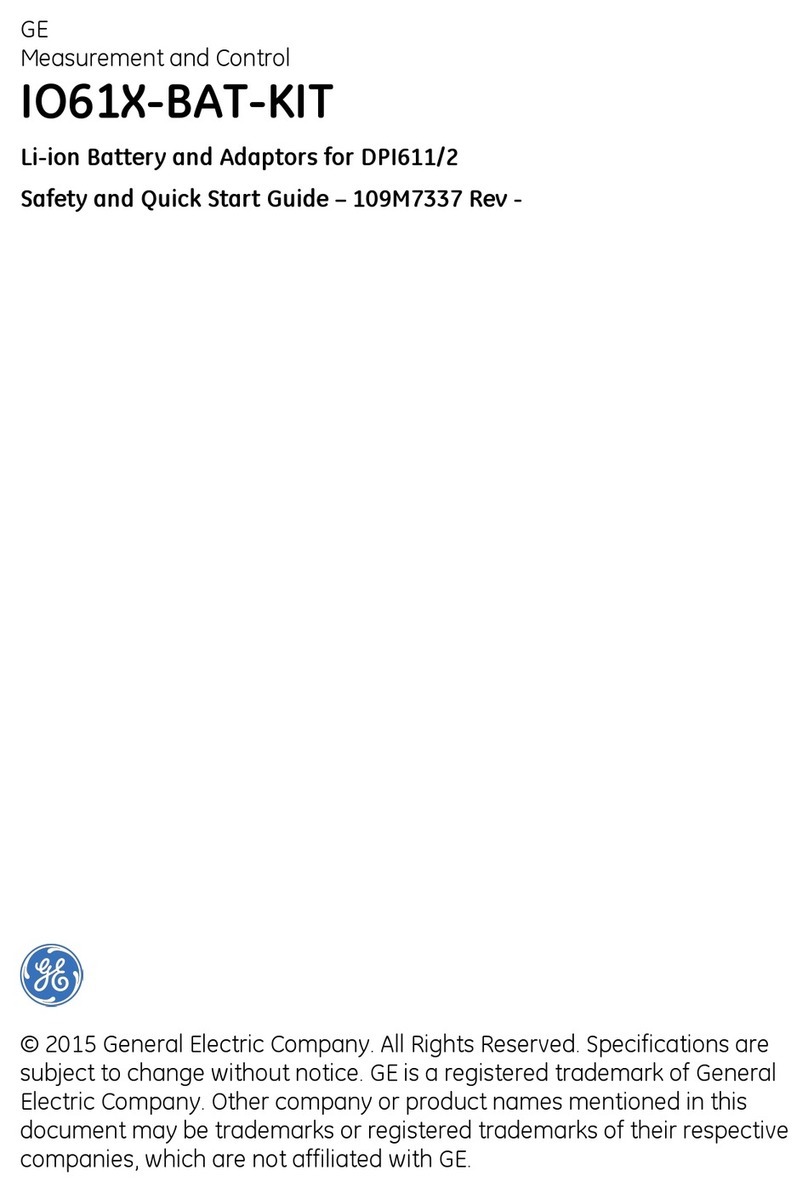
GE
GE IO61X-BAT-KIT Safety and Quick Start guide
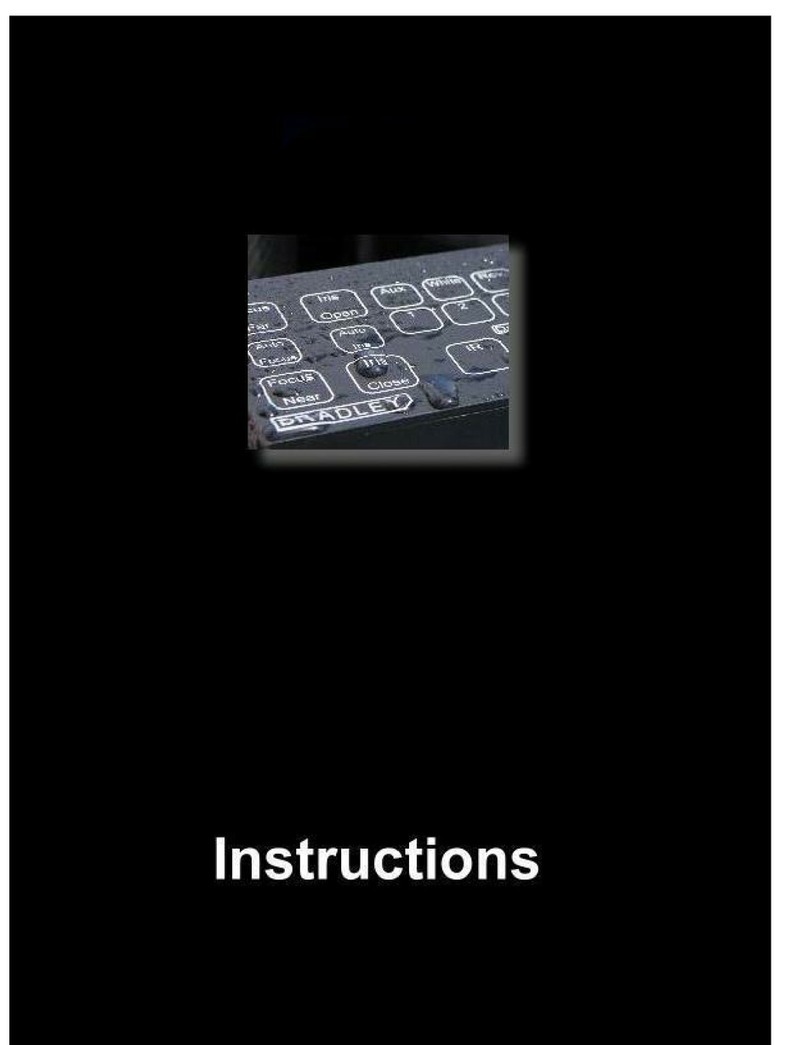
Bradley Engineering
Bradley Engineering Yacht Joystick operating instructions
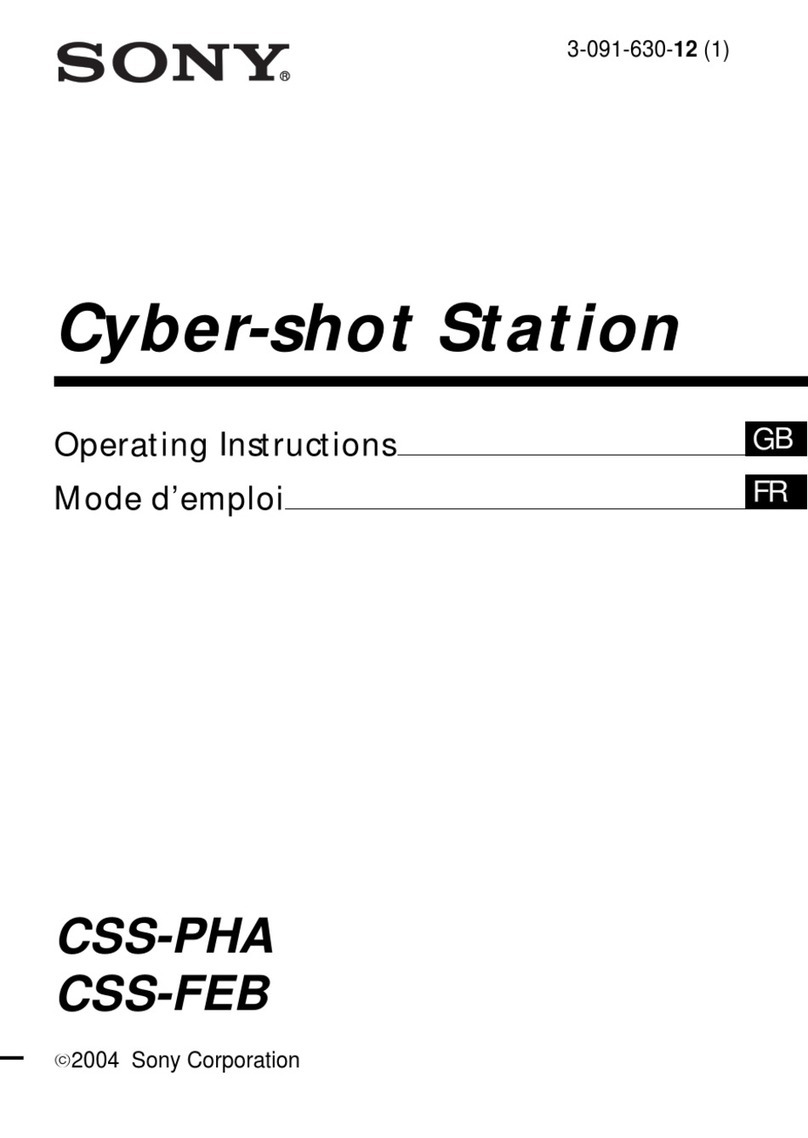
Sony
Sony CSS-FEB Operating Instructions (primary... operating instructions
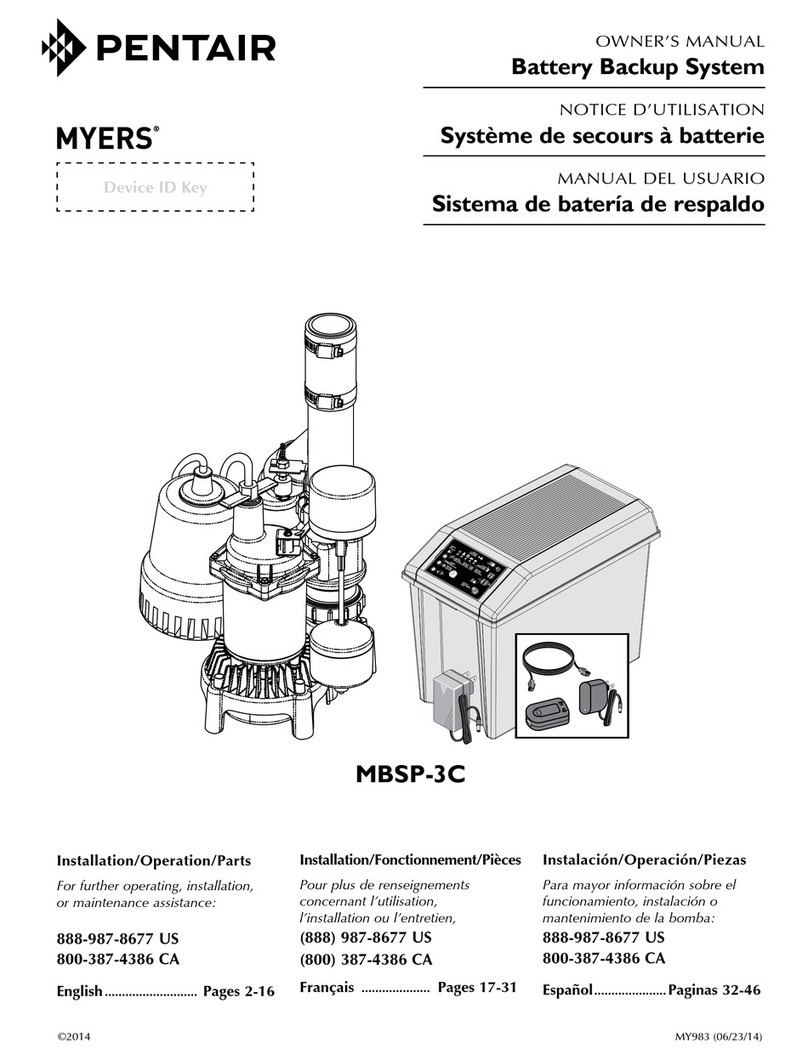
Pentair
Pentair MBSP-3C owner's manual
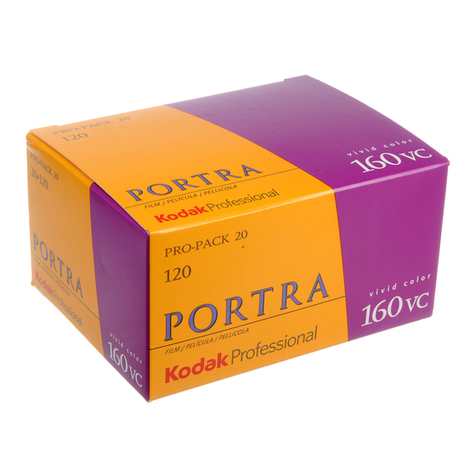
Kodak
Kodak PROFESSIONAL PORTRA 160NC Technical data
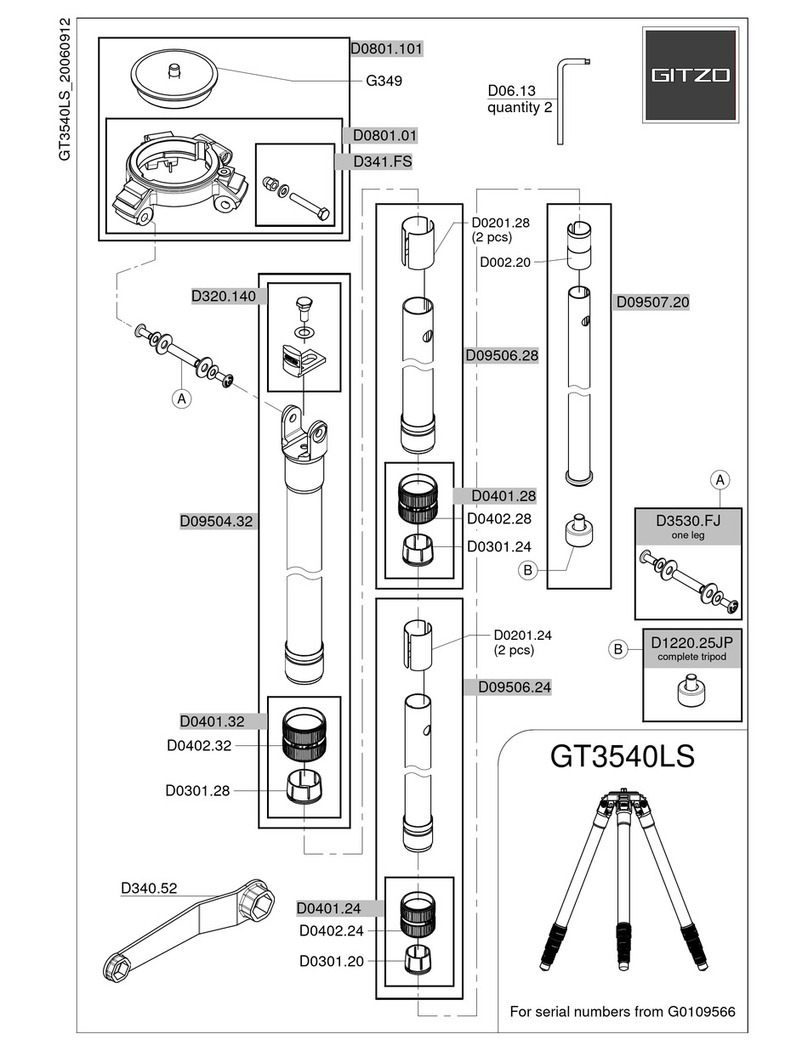
Gitzo
Gitzo GT3540LS parts list
